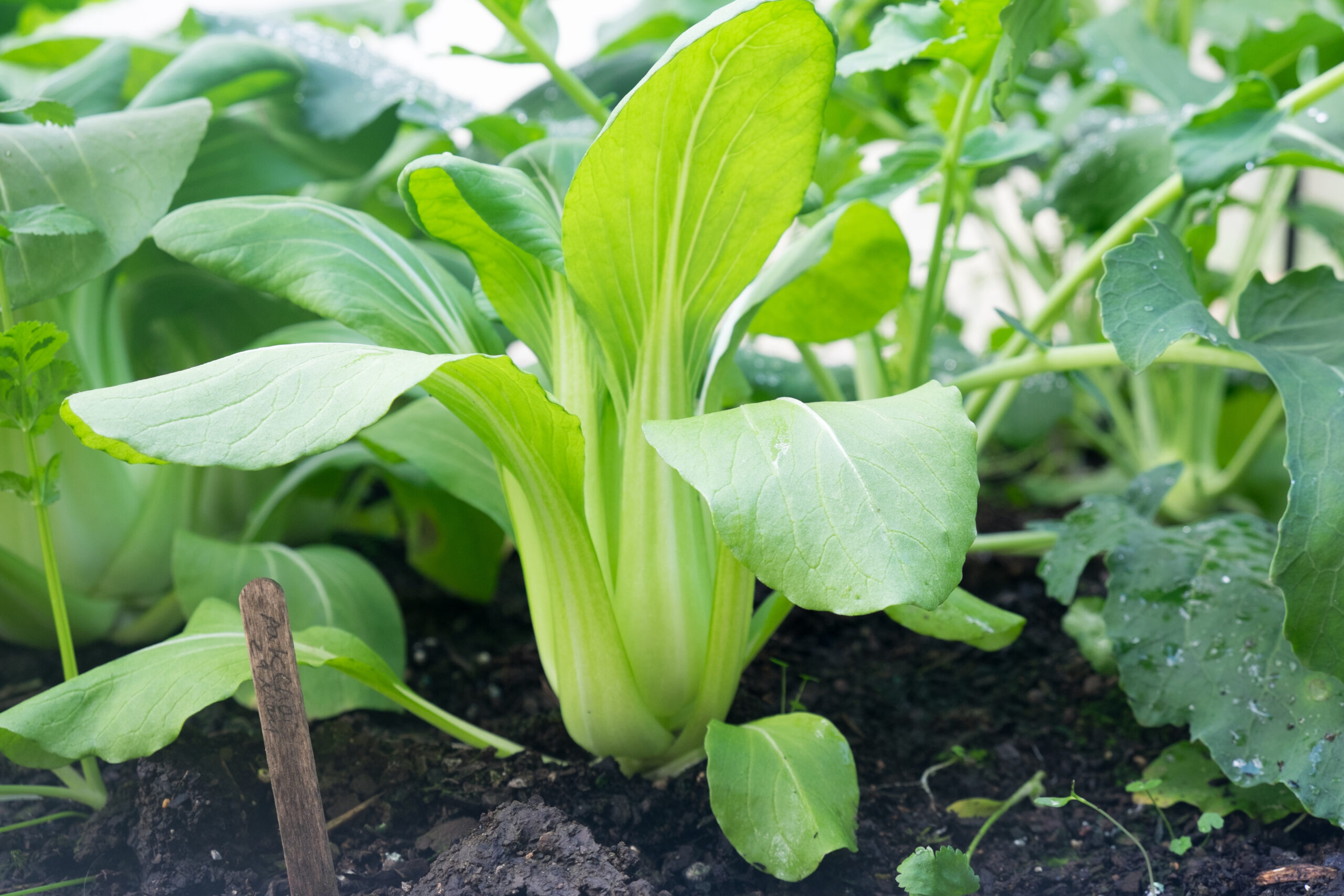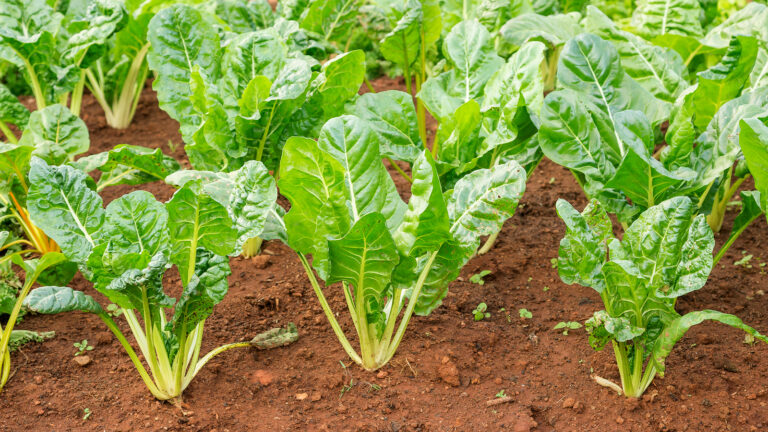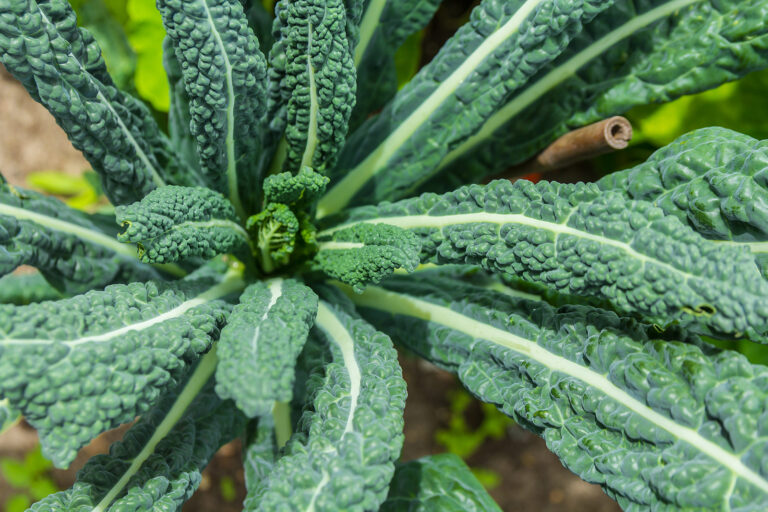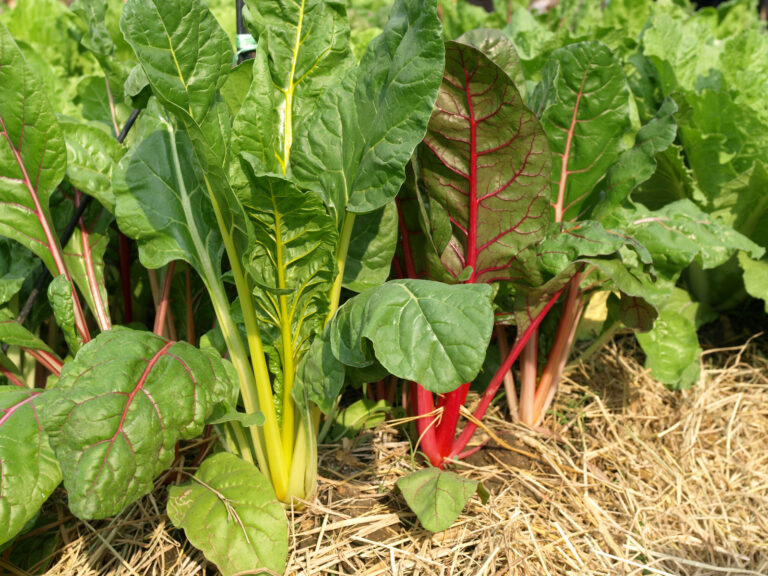Oriental Mustard Cabbage Explained: Green Stalks vs. White Stalk Varieties
Oriental mustard cabbage, often called gai choi or kai choi, is a popular leafy green in Asian cooking. It belongs to the Brassica family, closely related to mustard greens, bok choy, and napa cabbage. What makes it unique are the two main types—green stalk and white stalk varieties—each offering distinct flavors, textures, and uses in the kitchen.
Green Stalk Oriental Mustard Cabbage
- Appearance: Slim, green stems with long, broad leaves.
- Flavor Profile: Peppery, slightly bitter, with a mustard-like bite.
- Texture: Tender stems, soft leaves, cooks down quickly.
- Best Uses: Stir-fries, quick soups, and pickling. Green stalks shine when lightly sautéed with garlic and soy sauce.
White Stalk Oriental Mustard Cabbage
- Appearance: Thick, pale-white stems with crinkled, darker green leaves.
- Flavor Profile: Milder than green stalk varieties, slightly sweet with a gentle mustard note.
- Texture: Crunchy stems, tender leaves, holds up well in cooking.
- Best Uses: Braising, hot pots, and hearty soups. White stalks absorb flavors beautifully and keep their crunch.
Choosing Between the Two
- For quick cooking: Go with green stalk varieties—they’re tender and flavorful.
- For braising and soups: White stalk varieties hold texture better and balance richer dishes.
- For pickling: Both work well, though green stalks bring more bite.
My Experience
In my garden, I’ve grown both types and noticed that green stalks grow faster and are perfect for baby leaf harvests, while white stalk varieties take a bit longer but reward me with crisp stems that cook beautifully in soups and stews. Both add variety and depth to homegrown meals, making Oriental mustard cabbage a versatile crop worth trying.
Green Stalk vs. White Stalk Oriental Mustard Cabbage
| Feature | Green Stalk Varieties | White Stalk Varieties |
|---|---|---|
| Appearance | Slim green stems, broad leaves | Thick white stems, crinkled darker leaves |
| Flavor | Peppery, slightly bitter, mustard bite | Mild, slightly sweet, gentle mustard note |
| Texture | Tender stems, soft leaves, quick to cook | Crunchy stems, tender leaves, holds texture when cooked |
| Best Uses | Stir-fries, quick soups, pickling | Braising, hot pots, hearty soups |
Mustard Growing Hub
Start here: The Ultimate Mustard Growing Guide: From Seed to Harvest
Varieties & Types
- Best Mustard Green Varieties to Grow in Your Garden
- Plain Leaf vs. Curled Leaf Mustard Greens: What’s the Difference?
- Oriental Mustard Cabbage Explained: Green Stalk vs. White Stalk Varieties
- Flavor Profiles of Different Mustard Green Varieties
Planting & Growing
- When to Plant Mustard Greens by USDA Zone
- Mustard Greens Planting Calendar (Month-by-Month Guide)
- The Best Places to Plant Mustard Greens for Healthy Growth
- Proper Spacing for Mustard Greens: Garden and Container Tips
- Mustard Greens Companion Plants for Pest Control and Better Yields
- How to Grow Mustard Greens in Containers Step by Step
Care & Maintenance
- How to Water Mustard Greens for Tender Leaves
- Feeding Mustard Greens: Fertilizer Tips for Fast Growth
- Common Mustard Green Pests and Diseases and How to Control Them Naturally
- Easy Mustard Greens Care Guide for Beginners
Harvest & Serving
- When and How to Harvest Mustard Greens for the Best Flavor
- Delicious Ways to Cook and Serve Mustard Greens
Cabbage Learning Hub
🥬 Start Here: The Ultimate Cabbage Growing Guide: From Seed to Harvest
🌿 Planting & Timing
- Cabbage Seed Starting Tips
- When to Plant Cabbage: Timing for Spring, Summer, and Fall Crops
Covers zone-based timing, transplant vs. direct sow. - How to Grow Spring Cabbage for Early Harvests
“Spring cabbage growing” – high seasonal interest. - How to Grow Cabbage in Containers: A Complete Guide
Perfect for urban/small-space gardeners. Include spacing, soil depth, and feeding. - How to Space and Thin Cabbage for Tight, Heavy Heads
Spacing is a common problem leading to poor heads or bolting. - How to Plant, Grow, and Harvest Chinese Cabbage
🦟 Pests, Diseases & Troubleshooting
- Common Cabbage Pests and How to Get Rid of Them Naturally
Aphids, cabbage worms, flea beetles, cutworms. - Why Is My Cabbage Splitting? Causes and Fixes for Cracked Heads
Very specific problem; here’s why this happens. - How to Prevent Bolting in Cabbage and Other Brassicas
Seasonal temperature swings confuse many gardeners.
💧 Care & Growing Tips
- How Much Water Does Cabbage Need? A Seasonal Watering Guide
“How often to water cabbage” queries are common. - How to Fertilize Cabbage for Leaf Growth and Head Formation
Discuss starter fertilizer, side-dressing, nitrogen balance. - Best Companion Plants for Cabbage (And What to Avoid)
What to plant with cabbage. - Common Cabbage Pests and Diseases and How to Treat Them Naturally
🧊 Harvesting, Storage & Preservation
- How to Harvest and Store Cabbage
- How and When to Harvest Cabbage for Peak Flavor and Texture
Includes signs of readiness and how to cut heads without damaging the plant.
🥗 In the Kitchen & Beyond
- Seven Ways to Cook and Serve Cabbage
- Five Ways to Cook and Serve Chinese Cabbage
- Four Ways to Cook and Serve Napa Cabbage
🌱 Varieties & Seed Saving
- Best Cabbage Varieties for Your Climate and Growing Zone
Optimized for zone-specific growing.
- Savoy, Napa, and Red: Which Type of Cabbage Should You Grow?
Comparative format — helpful for new gardeners. - Growing Green Cabbage vs. Red Cabbage: The Differences







